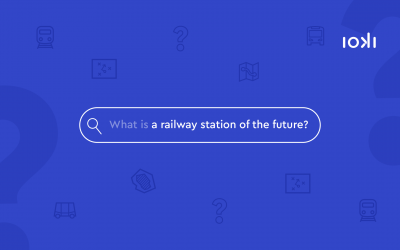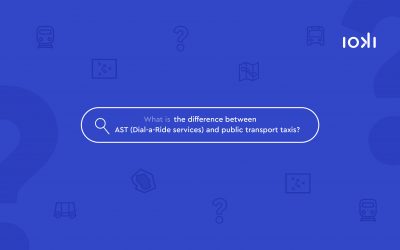With ridepooling, passengers can order the on-demand shuttle via app for a journey from their current location to a desired destination. If different passengers in one area request journeys going into a similar direction, they are pooled and transported together in one vehicle. That way the passengers travel, at least a part of the route, together. This is intended to relieve traffic congestion by reducing the number of vehicles in the cities and thus improving urban mobility. In rural regions with fewer public transport services, on-demand mobility offers with ridepooling can improve public mobility in general.
But isn’t this simply a shared taxi? Compared to the well-known call-collecting taxis, on-demand buses with ridepooling use an algorithm, which quickly processes the various ride requests and combines some of them into a sensible and efficient route. This is why the term digital demand-responsive transport, or DDRT for short, is often used for those ridepooling services.
How are ridepooling and ridesharing related and what is the difference to ridehailing?
Ridepooling is basically a type of ridesharing service. However, not all ridesharing is also ridepooling. The pooling character makes the decisive difference here: the intelligent bundling by the algorithm is only available with ridepooling. In addition, ridepooling providers usually offer their service via a mobility platform, i.e., via an app, and with a professional operating service. Ridesharing, on the other hand, can also be a privately organised ride from A to B and can therefore also have a non-commercial character.
The difference to ridehailing is the number of users: the vehicle is only used by the person who has requested the vehicle. In addition, with ridehailing, the starting point and destination are directly connected. Small detours to pick up other passengers on the way are not planned here.



